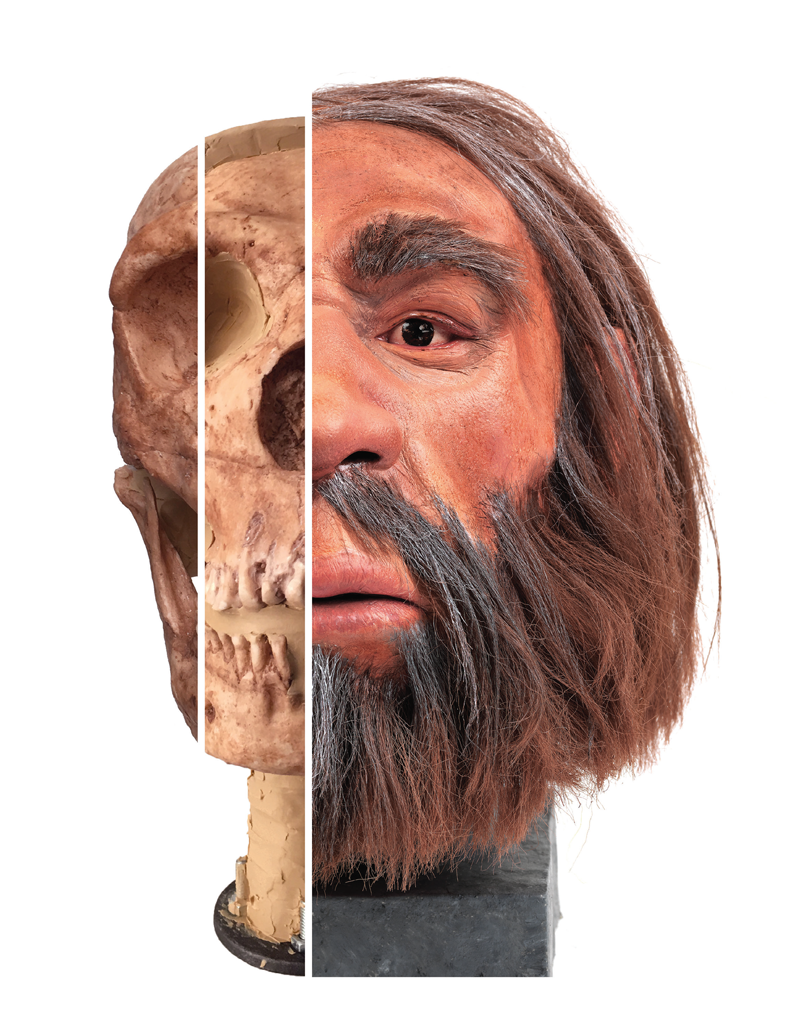Reconstruction was a critical period in American history, spanning from 1865 to 1877, immediately following the Civil War. It marked a time of significant social and political change, as the country attempted to rebuild and heal after the ravages of war. This blog post will explore the key events and developments that shaped the United States from Reconstruction to the 21st century.
The Reconstruction Era
The Reconstruction era was a period of immense challenges and opportunities. The abolition of slavery and the ratification of the 13th, 14th, and 15th Amendments aimed to grant African Americans equal rights and protection under the law. However, the realities of racism and discrimination persisted in the South, leading to the rise of Jim Crow laws and systemic oppression.
During this era, significant efforts were made towards rebuilding the Southern economy and infrastructure. The Freedmen’s Bureau was established to provide education, healthcare, and employment assistance to newly freed slaves. The construction of the transcontinental railroad and the expansion of industries boosted economic growth and migration towards urban centers.

Credit: www.sci.news
Industrialization and the Gilded Age
The late 19th century witnessed a rapid industrialization and the rise of the Gilded Age. Robust economic growth fueled by technological advancements and the exploitation of natural resources reshaped America. The expansion of railroads, the invention of the telephone, and the rise of steel production transformed the nation into a manufacturing powerhouse.
However, the benefits of this industrial revolution were not equally distributed. Wealth inequality became widespread, with the emergence of powerful industrial tycoons known as “robber barons.” Workers faced harsh labor conditions, prompting the rise of the labor movement and the fight for workers’ rights.

Credit: www.penn.museum
The Progressive Era
In response to the social and economic inequalities of the Gilded Age, the Progressive Era emerged as a movement for reform and social justice. Activists and politicians advocated for governmental intervention and regulation to address issues such as child labor, women’s suffrage, and income inequality.
Notable figures of the Progressive Era include Jane Addams, who championed social welfare reforms and founded Hull House, and Theodore Roosevelt, who fought against corporate monopolies through trust-busting policies. The era also saw the passage of landmark legislation, such as the Pure Food and Drug Act and the establishment of national parks.
The Great Depression and New Deal
The Wall Street Crash of 1929 plunged the United States into the Great Depression, a period of severe economic downturn. Unemployment soared, banks failed, and poverty became widespread. In response, President Franklin D. Roosevelt implemented the New Deal, a series of economic and social programs aimed at providing relief, recovery, and reform.
The New Deal introduced measures such as the creation of public works projects, the establishment of social security, and the regulation of the banking sector. It aimed to alleviate the suffering of the American people and revive the economy. Though controversial, the New Deal made significant strides in reforming the country’s economic and social landscape.
The Civil Rights Movement
The 20th century witnessed a renewed fight for civil rights, as African Americans and other marginalized communities mobilized against systemic racism and discrimination. The Civil Rights Movement, led by figures such as Martin Luther King Jr., Rosa Parks, and Malcolm X, aimed to secure equal rights and justice for all.
Landmark events like the Montgomery Bus Boycott, the March on Washington, and the passage of the Civil Rights Act of 1964 and the Voting Rights Act of 1965 marked significant victories for the movement. However, the struggle for equality continued, with subsequent battles for LGBTQ+ rights, women’s rights, and immigrant rights.
The 21st Century and Beyond
The 21st century has brought forth its own set of challenges and opportunities. The rise of the internet and technology has transformed our society, enabling unprecedented connectivity and access to information. Globalization has reshaped the economy and prompted discussions on trade policies and the environment.
Issues such as climate change, income inequality, and social justice remain at the forefront of public discourse. Movements like Black Lives Matter and #MeToo continue the fight for equality, highlighting the ongoing need for progress towards a more inclusive and just society.
In conclusion, Reconstruction to the 21st century has been a journey marked by progress and setbacks. The United States has navigated significant historical events, shaping its present-day society and laying the foundation for its future. By acknowledging the complexities of our history and working towards a more equitable future, we can build a nation that truly fulfills the promise of its founding principles.
Frequently Asked Questions On Reconstruction To The 21st Century: Unveiling The Evolution
Who Wrote The Americans Reconstruction To The 21st Century?
Jorge Klor de Alva and P. Scott Corbett are the authors of “The Americans”, a U. S. history textbook that covers the reconstruction to the 21st century. It provides a rich and human perspective on American history, making it relevant and engaging for students.
How Has Reconstruction Shaped The 21st Century?
Reconstruction in the past has paved the way for advancements and changes that have greatly influenced the modern era. It has shaped our society, government, and economy, leaving a lasting impact on the 21st century.
What Were The Key Goals Of The Reconstruction Period?
The main goals of reconstruction were to rebuild the Southern states, ensure civil rights for freed slaves, and reunite the nation after the Civil War. These efforts aimed to create a more equal and just society.
How Did Reconstruction Impact Civil Rights In America?
Reconstruction played a significant role in advancing civil rights in America. Many important amendments, such as the 13th, 14th, and 15th Amendments, were passed during this period to grant freedom and equal rights to African Americans.
Guest Author Sakhawat-Shuvo wrote and edited this Article based on his best knowledge and understanding. These opinions and remarks are not endorsed or guaranteed by epichistoria.com or EpicHistoria. The Epic Historia does not guarantee this article’s content. Readers should verify and use their judgment before trusting the content. Also, the Images used in this Article are the copyright of their Respective Owners. Please use our Comment Box or Contact Us form to report this content. This information is not accountable for losses, injuries, or damages.

